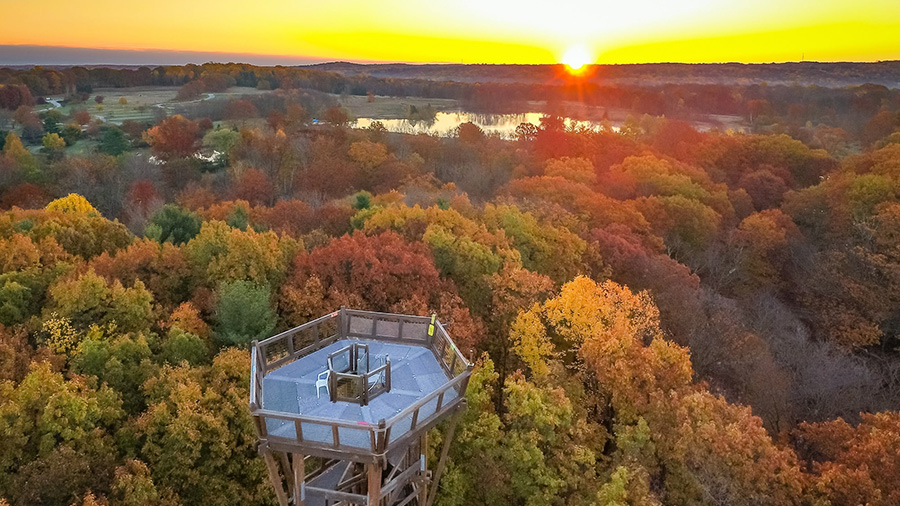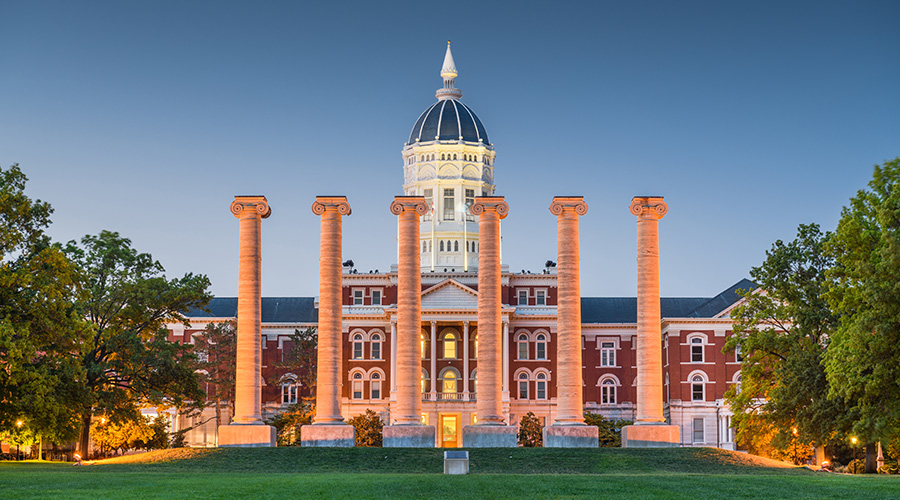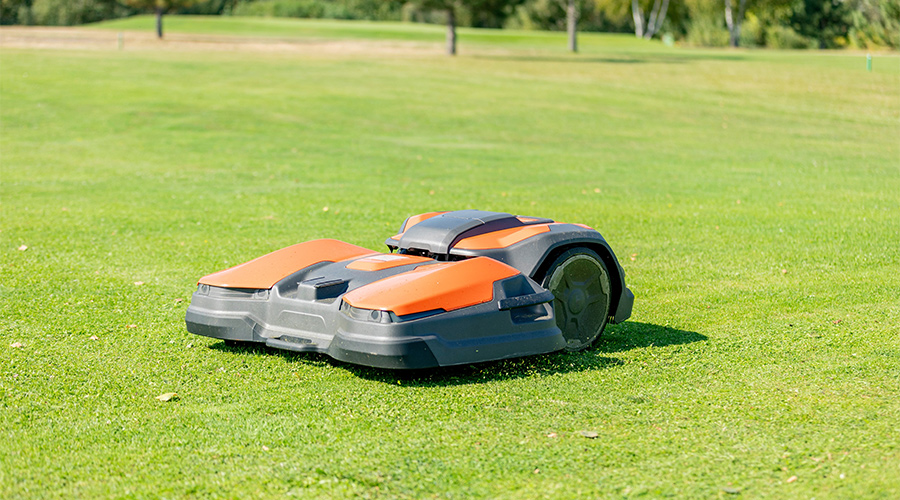University of Texas: Size of Campus, Student Body Make Mowing a Challenge
John Burns faces a Texas-sized challenge every day he comes to work. As manager of landscape services with the University of Texas in Austin, Burns and his department must figure out efficient ways to maintain the constantly expanding 450-acre campus, while working around some 70,000 students, faculty, and staff in temperatures that regularly top 100 degrees.
In many ways, the department’s mowing activities exemplify the complexity of the overall challenge Burns faces. He must ensure his department operates within a tight budget, works safely, and supports the university’s sustainability goals, all while maintaining a campus in a way that meets the aesthetic demands of students and campus officials.
Campus Components
The campus has 150 acres of green space. Its 124 acres of turf feature three different grasses, depending on conditions. Zoysia and St. Augustine are the predominant grasses, while some full-sun areas feature Bermuda grass. The campus also has 25 acres of bed space, including ground-covers, shrubs, and perennials.
“We use quite a few perennials on the campus for color,” Burns says. “We also have about 1.5 acres of annual beds. Our campus is heavily shaded by more than 4,000 trees. The largest number of these trees are large, beautiful live oaks. I would say the trees are probably the most unique feature of our campus. They provide a wonderful shade that is greatly appreciated during our hot summers in central Texas.”
The biggest obstacle for the landscape services department comes from the 50,000 students and 20,000 faculty and staff on campus: congestion.
“It’s especially true during class breaks, but there’s never a time we can mow or trim the campus with nobody round,” he says. “So we always have to have safety in mind.”
Heavy mowing workloads, combined with the hazards of operating in the city, often combine to take a toll on equipment.
“Since we are an urban campus with a lot of buildings, we have a lot of areas to mow that require us to jump curbs to access the areas,” he says. “This can and has caused damage to the mowing equipment.”
Campus expansion also creates obstacles to worker productivity.
“We always have a large amount of construction on campus, and it’s a nightmare,” Burns says. Construction equipment moving between and around sites compacts the soil and damages tree roots, and construction fences often divert pedestrian traffic onto turf areas, creating “more cattle paths than normal,” Burns says. “It’s a nightmare trying to control the damage.”
Too often, control is not possible, and the effects are long-lasting.
“When you damage a tree that might be 100 years old, it’s not like you can just plop a new one in the ground to cover up the damage,” he says.
Finally, new turf areas created by campus expansion regularly force Burns to find new solutions to the age-old maintenance dilemma of doing more with less.
“We always get more areas to maintain, but we very seldom, if ever, get more money or labor to maintain it,” he says.
Related Topics:















